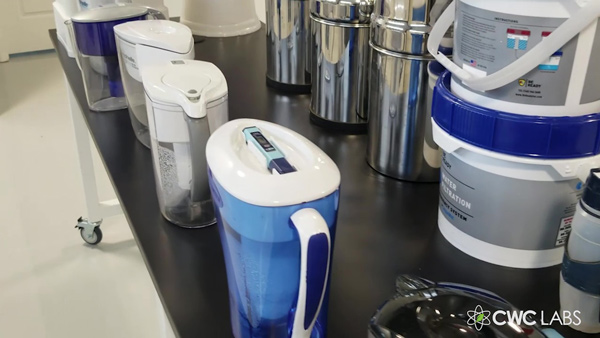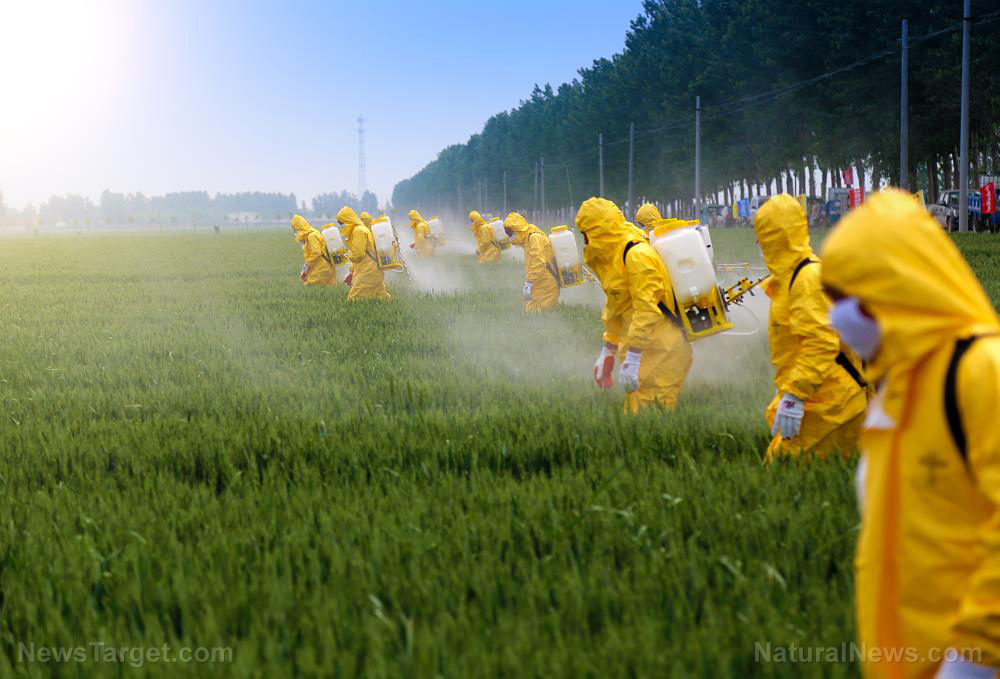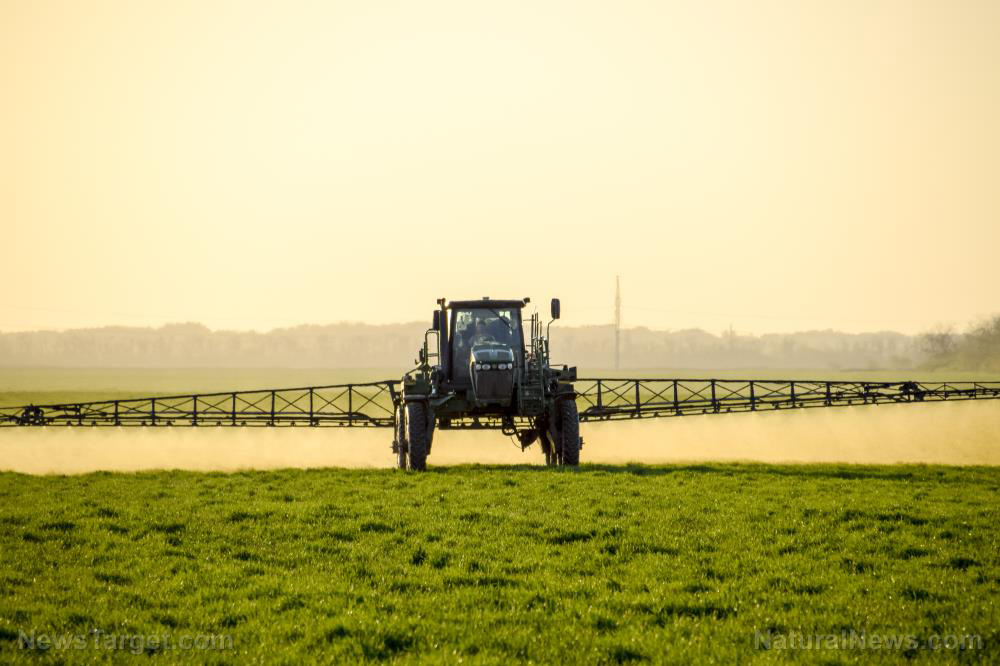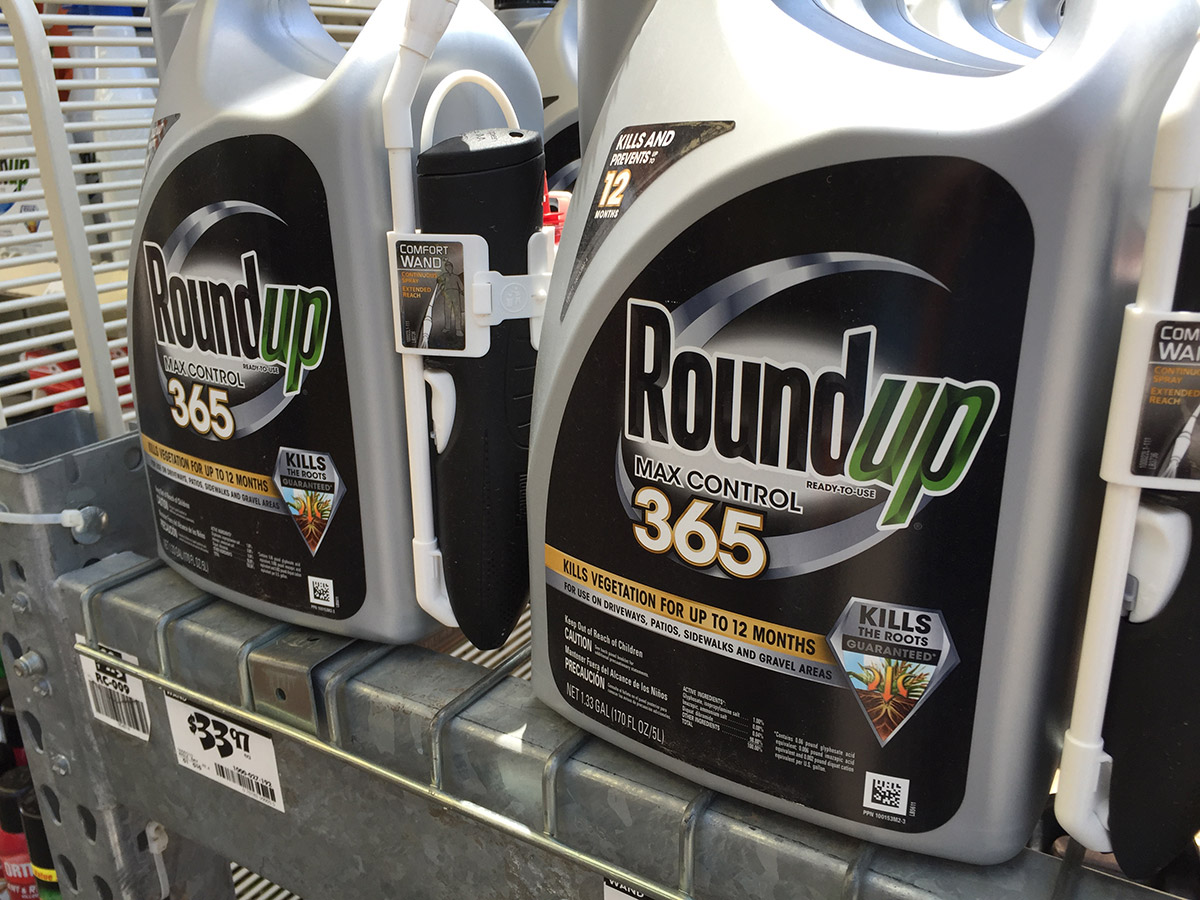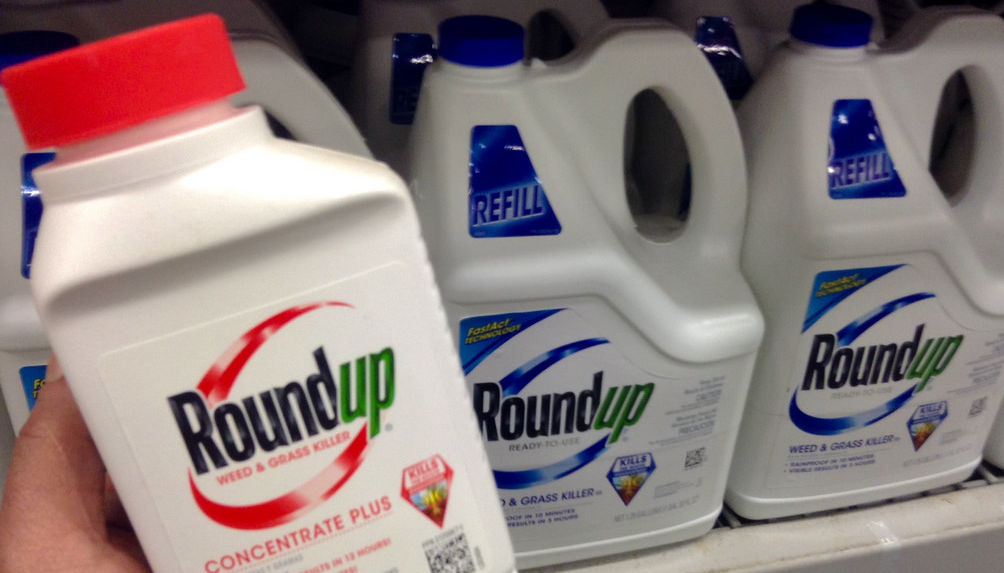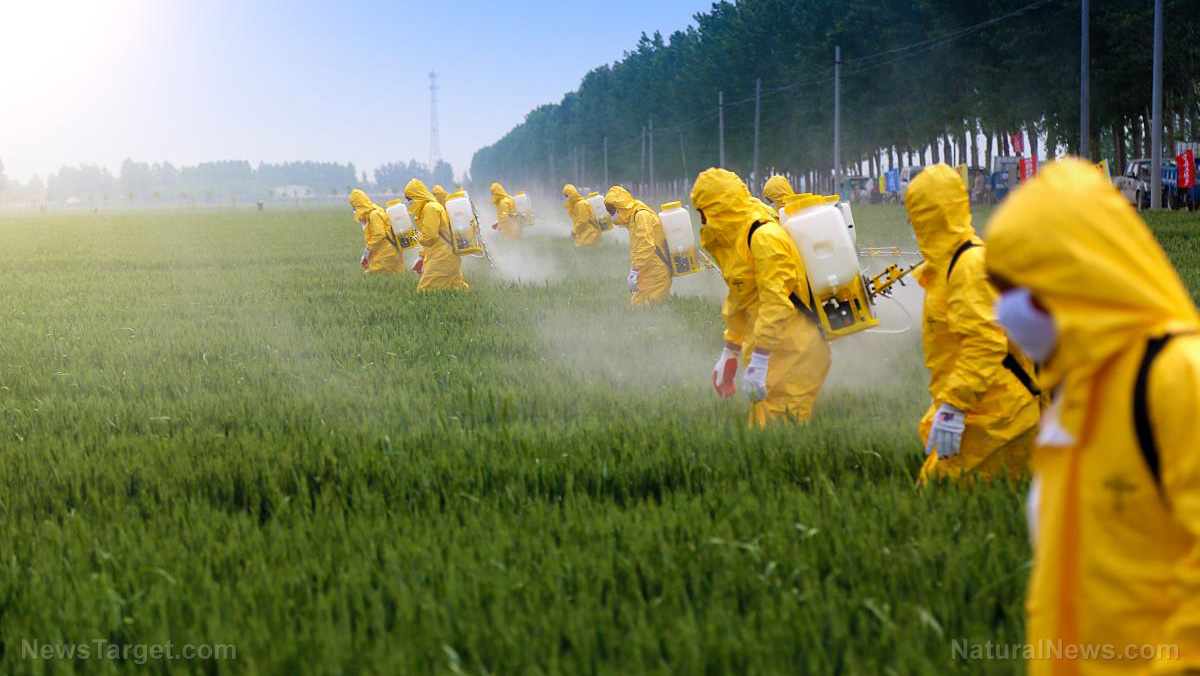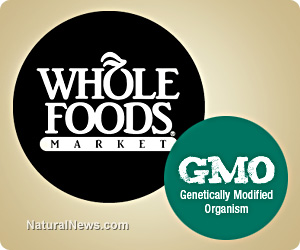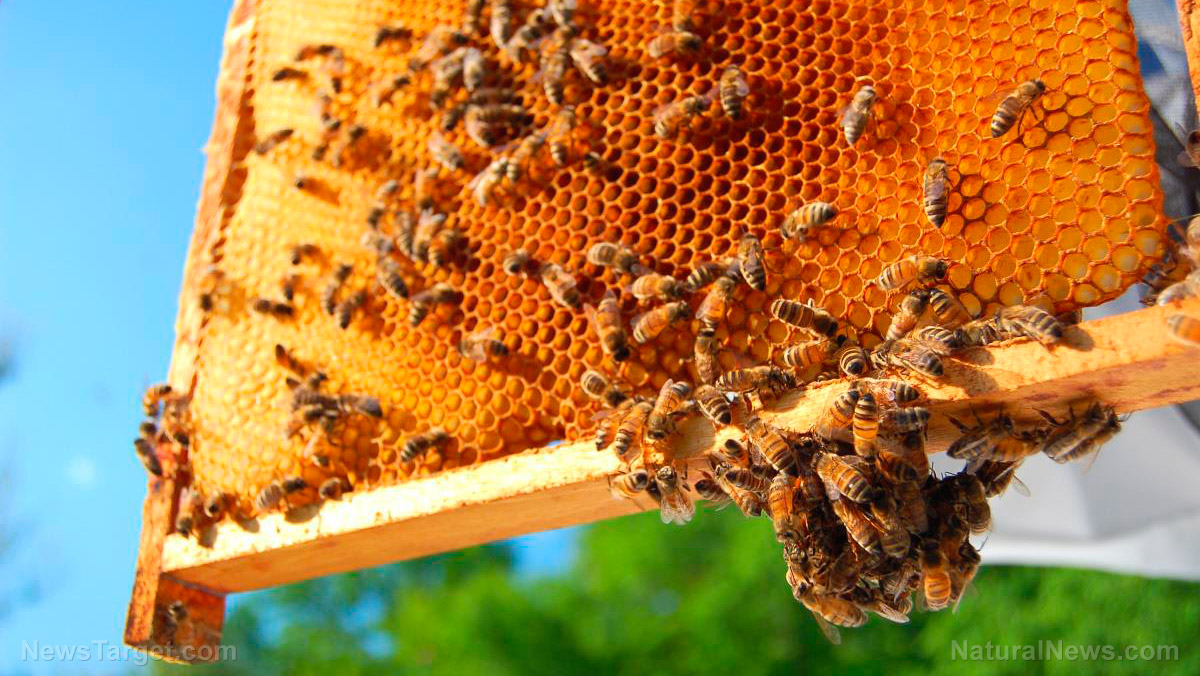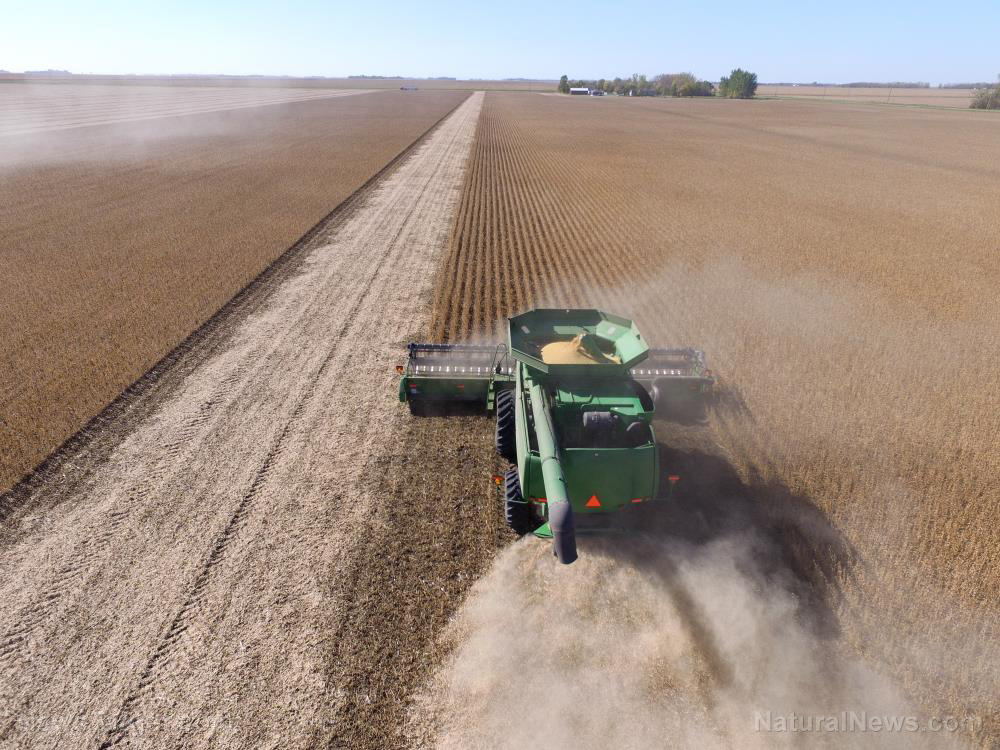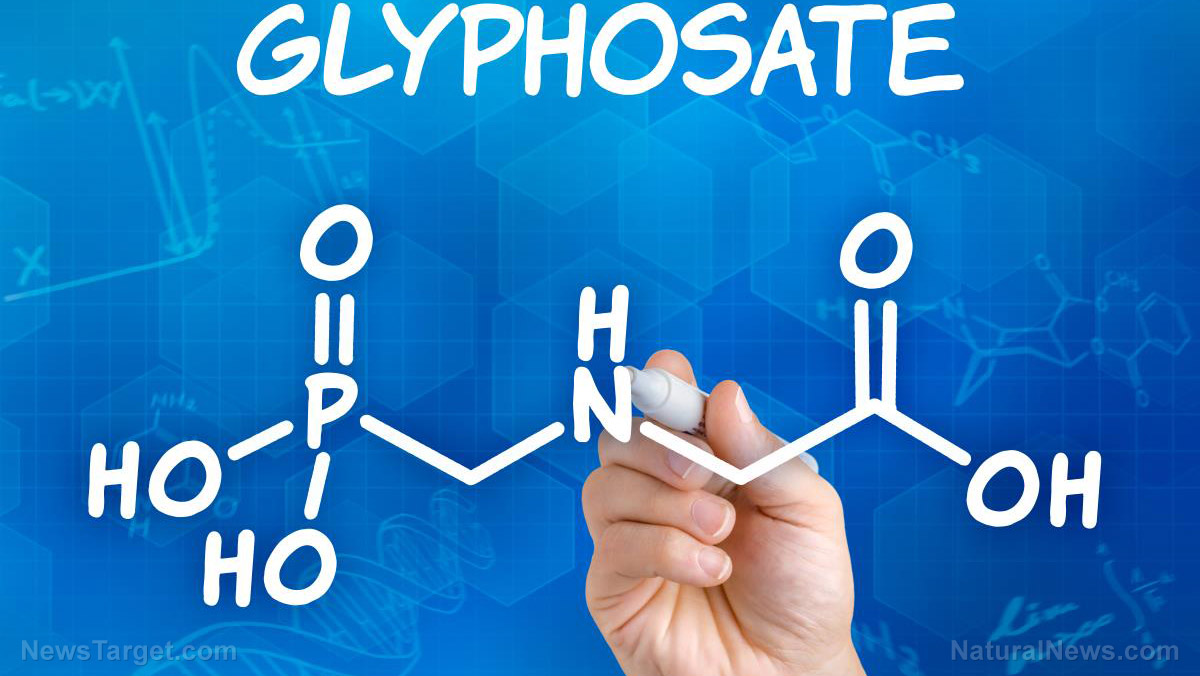Organic farming explodes 13%… Biggest growth since 2008
05/11/2017 / By Rhonda Johansson

Good news for all local farmers! The latest United States Department of Agriculture (USDA) survey reveals that there are now 24,650 certified organic operations in the U.S. This is a 13 percent increase from 2016 and the highest growth rate we’ve seen since 2008. The number of local, organic farms has been steadily increasing — albeit haphazardly — since 2002. However, it is only this year where a steady and distinctive rise is seen. The National Sustainable Agriculture Coalition wrote on their website that “organic agriculture is one of the fastest growing sectors…for farmers across the country, strong demand for organic food translates into new and growing market opportunities.”
USDA organic certification provides farms or processing facilities the right and access to sell, label, and represent their products as organic in the United States. It is of particular importance for farms across rural America, where local industries contribute much to the area’s economic growth. As consumer demand for organic products grows, so too do sales. The USDA reported that there was approximately $43 billion in U.S. sales of organic products in 2015. Local farmers have said that being certified as organic by the USDA allows them to receive premium prices for their products.
The USDA ends their report quite succinctly; offering no justification as to why the rise is suddenly so sharp or relevant. Regardless, the growth is being lauded by many health advocates who believe in integrating into a cleaner, greener, and more organic lifestyle. The perils of pesticide-laden food, toxic tap water, and similar environmental concerns make it more necessary for people to be diligent about what they eat, what they do, and most importantly, how they live. Opting for organic food is an advantageous choice not only for your own personal health, but for the planet as well. There are several other reasons to choose organic foods, as listed on Prevention.com:
- Free from chemicals – Perhaps the most important consideration, eating organically-grown food is an assurance that you are not inadvertently consuming chemical poisons. In the article, it states that around 600 active chemicals are registered for use in America, roughly translating to around 16 pounds of chemical pesticides per person each year. Moreover, the National Academy of Sciences claims that 90 percent of chemicals applied on food have not been tested for long-term effects. The FDA only tests one percent of food for pesticide residue.
- Free from “watered-down” bogus nutrition – Organically-grown food contains more essential vitamins, minerals, and micronutrients compared to their commercially-grown siblings. A study published in the Journal of Alternative and Complementary Medicine concluded that organic food crops are grown in soil that is better-managed and less laden with chemicals. Consequently, the produce is significantly more nutrient-dense.
- Free from risk – More than 90 percent of the pesticides we consume are from meat and dairy products. The EPA says that because animals are further up the food chain, chemicals accumulate in their tissues. Hormones, antibiotics, and drugs are directly passed into these food sources as well. U.S. farmers use sex or growth hormones to aid in the development of their livestock. However, these artificial enhancers cannot be broken down, even at high temperatures. We then eat these products, unknowingly consuming the same toxins.
One other benefit of organic local farming is that it protects the environment. The foundation of all local farming is one of eco-sustenance. Preservation of soil and crop rotation keep farmlands healthy. Moreover, the natural ecosystem, wherein natural flora and animal life is allowed to thrive, is balanced.
While there are no official forecasts on the trend, it is hoped that more local farms going organic will be seen spreading across our nation. Follow more news about organics at Organics.news.
Sources include:
Tagged Under: local farms, organic farming, organic local farms




